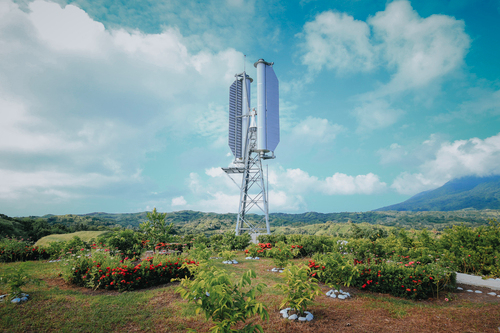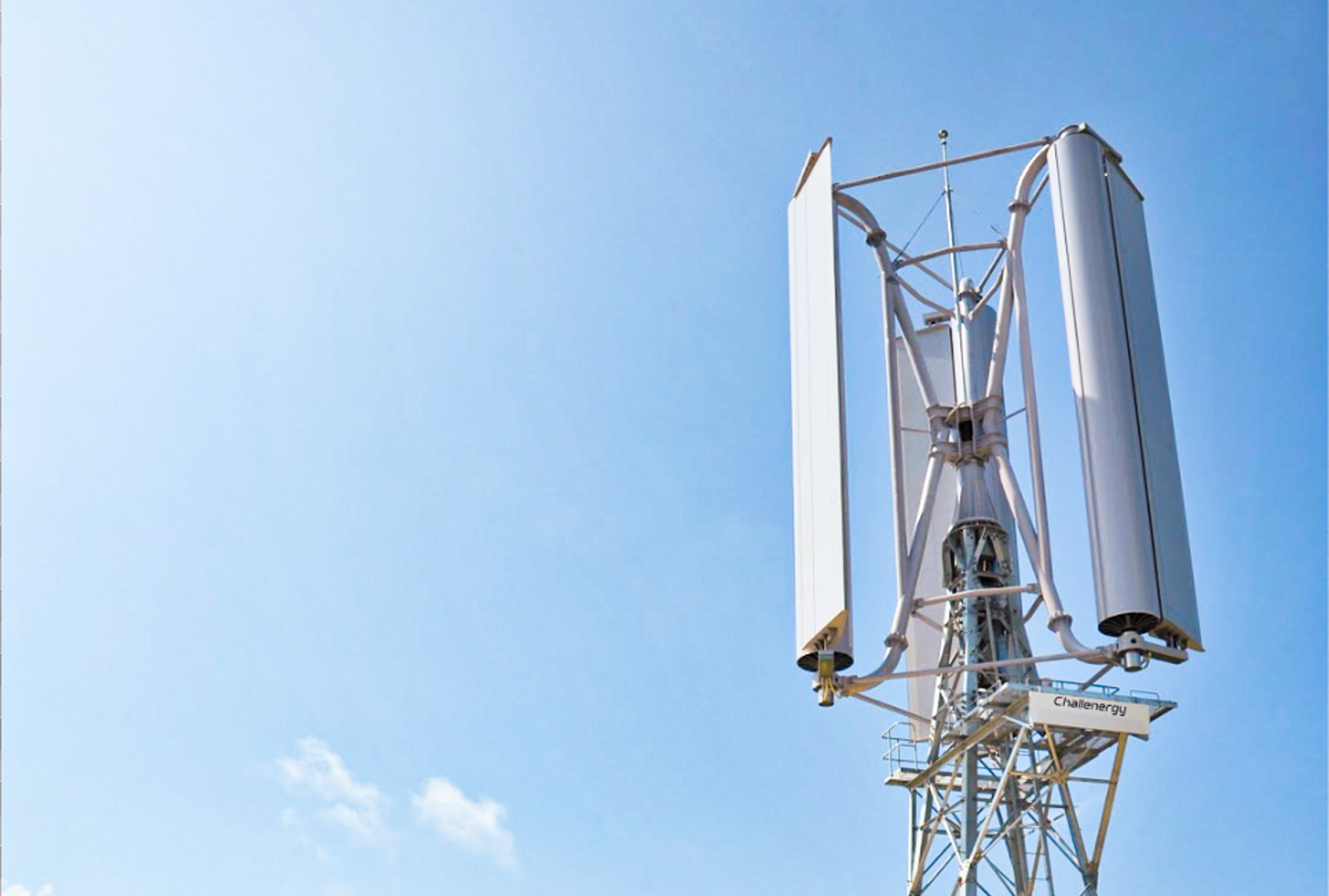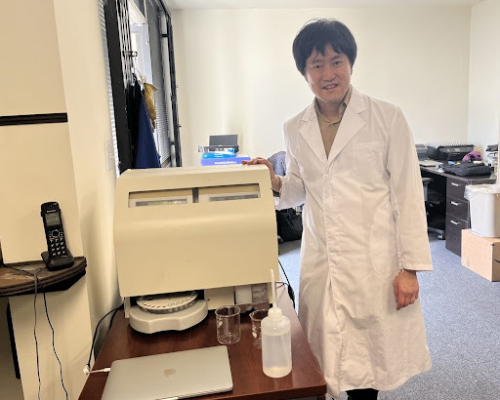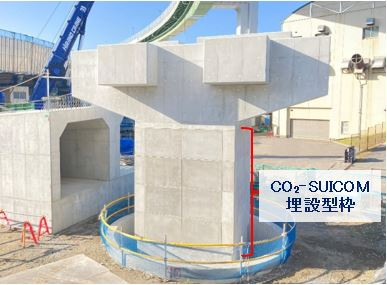J-STORIES ー 脱炭素の決め手として期待されている風力発電には、プロペラが野鳥を傷つけたり、暴風の際に破損する危険性なども指摘されている。こうしたリスクがなく、台風のような暴風時でも発電できるプロペラのない風力発電機が日本のスタートアップ企業によって開発された。
チャレナジー(東京都・墨田区)が事業化を進めるプロペラのない風力発電機は、従来のプロペラ式の1.5倍の風速であっても停止することなく発電ができる。強い台風が多いフィリピンにもこの風力発電機を設置、 日本だけでなく世界中から需要があるという。

同社創業のきっかけは、2011年3月11日の東日本大震災が引き起こした福島での原発の事故。同社代表の清水敦史さんは、原発とは別の持続可能なエネルギーがある社会の必要性を感じ、再生可能エネルギーとして世界の主流になっている風力発電に着目したという。
同社はすでに台風発生の頻度が高いフィリピンで自社の発電機の稼働を開始。ハリケーンが発生するアメリカやメキシコ、サイクロンが発生する東アフリカ、太平洋の国々からも需要があり、マダガスカルでは実際に販売を始める準備に入っているという。
羽根のない風力発電機はすでにスペイン企業などの製品があるが、チャレナジーは独自技術による「垂直軸型マグナス式風力発電機」の実用化を進めている。プロペラがなく2つの長い円筒が目立つ同社の製品は、一見して風力発電機には見えない。
これは円筒が風車になっているためで、風などの流体の中で球や円筒を回転させると垂直方向の力が生じるという「マグナス効果」を利用して発電する。鳥にぶつかりにくく騒音なども起きにくい。木の葉や小枝が動くほどの風から台風のような強風まで安定的に電力を生み出すことができ、風速70メートルの暴風にも耐えることが可能という。
.jpg)
同社では現在、2025年の実用化に向けて、大型化と洋上化の研究開発を進めている。大型化については、すでに開発した発電機の10倍の発電能力を実現することが目標だ。
海外展開では発電機のメンテナンス体制も重要になる。製品寿命20年の風車はその間の定期的なメンテナンスが必要。同社ではすでにフィリピンで関連会社を構え、体制を整えているが、他の地域でもそれぞれの実情にあわせたサービスの整備が課題になる。
同社でCSOを務める水本穣戸さんはJ-Storiesの取材に対し、再生可能エネルギーの源となる風や太陽、水など自然の状況は地域によって異なると指摘。今後の事業展開において地域の特性に合った技術の提供などきめ細かな対応を進める、としている。
記事:澤田祐衣 編集:北松克朗
トップ写真:チャレナジー 提供
この記事に関するお問い合わせは、 jstories@pacificbridge.jp にお寄せください。
***
***
本記事の英語版は、こちらからご覧になれます。




_smallthumbnail.jpg)
_bigthumbnail.jpeg)




![[PODCAST] 外国人創業者が変える日本のスタートアップの形 (Part 7)](https://storage.googleapis.com/jstories-cms.appspot.com/images/1763538829673unnamed_bigthumbnail.jpg)
![[PODCAST] 外国人創業者が変える日本のスタートアップの形 (Part 6)](https://storage.googleapis.com/jstories-cms.appspot.com/images/1763000777388unnamed_bigthumbnail.jpg)








![[PODCAST] 如何打造成功的新創企業社群(第2集)](https://storage.googleapis.com/jstories-cms.appspot.com/images/1748493203370business-man-holding-light-bulb-social-network-2024-10-31-22-37-36-utc_smallthumbnail.jpg)


